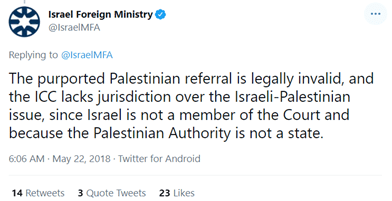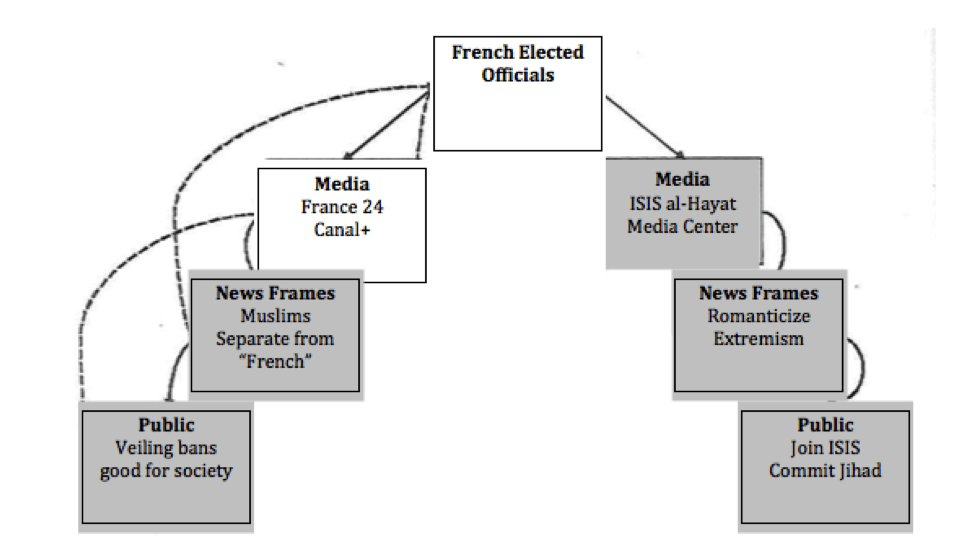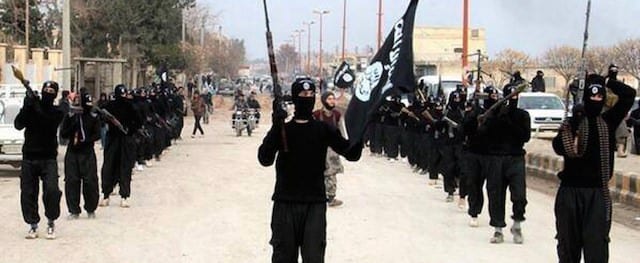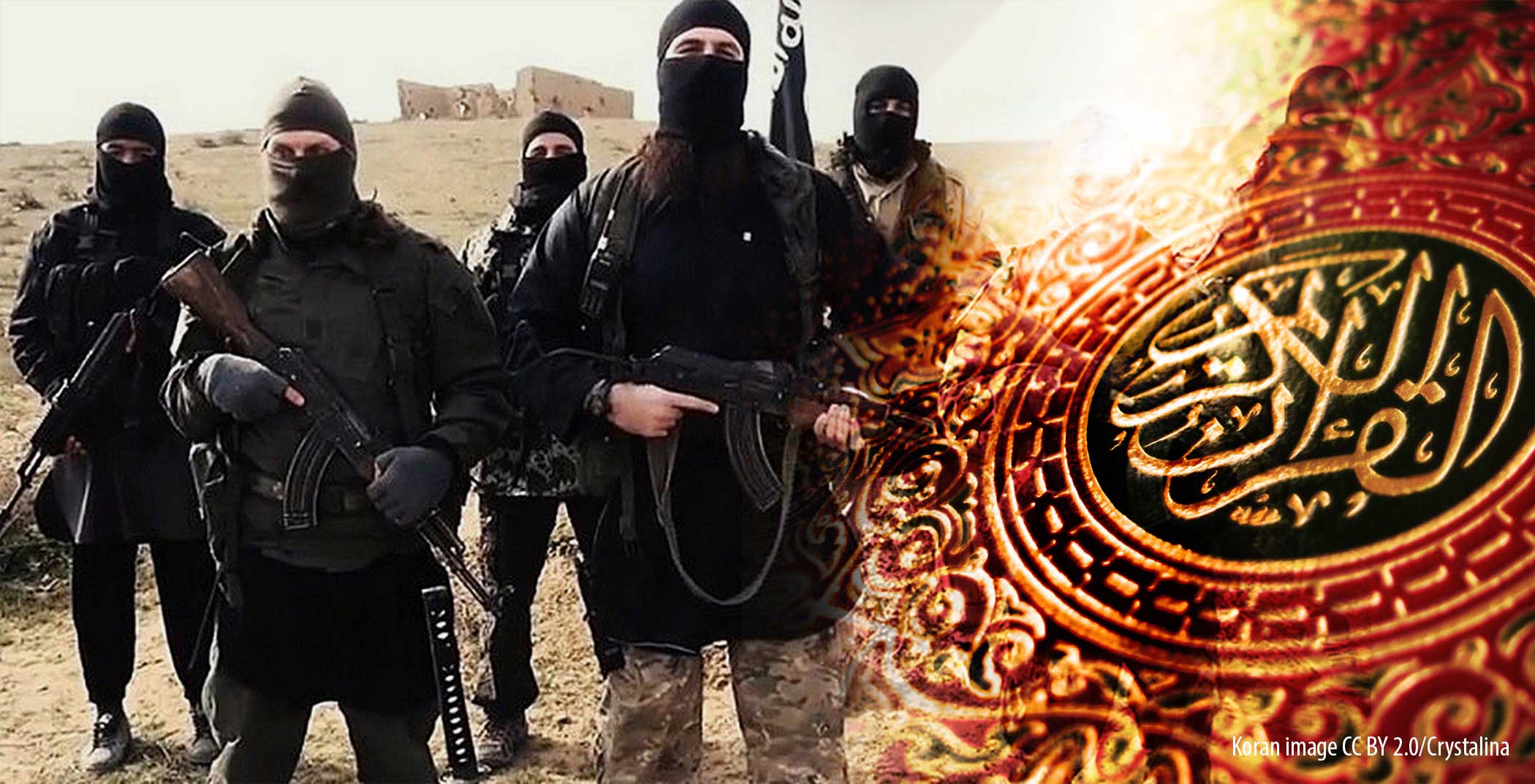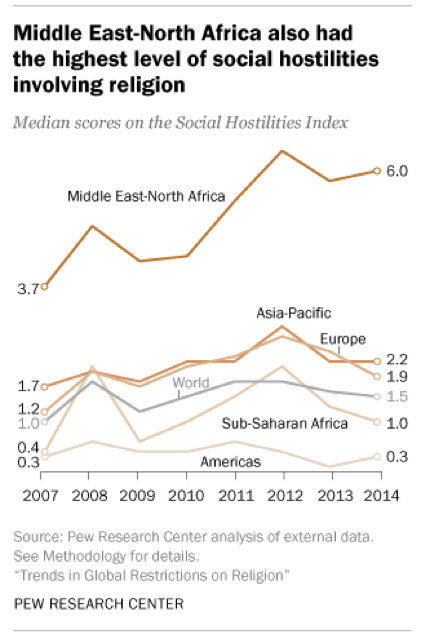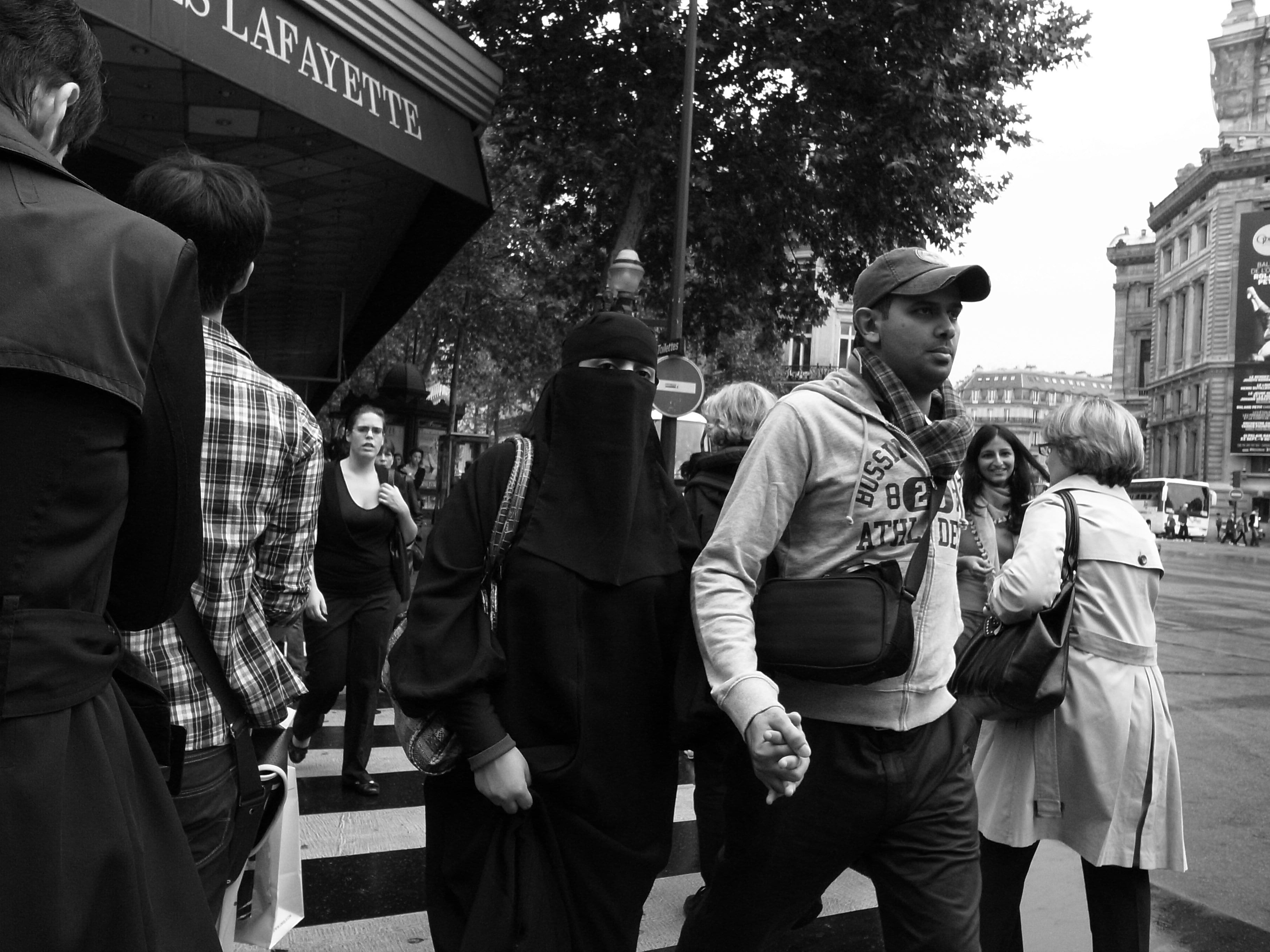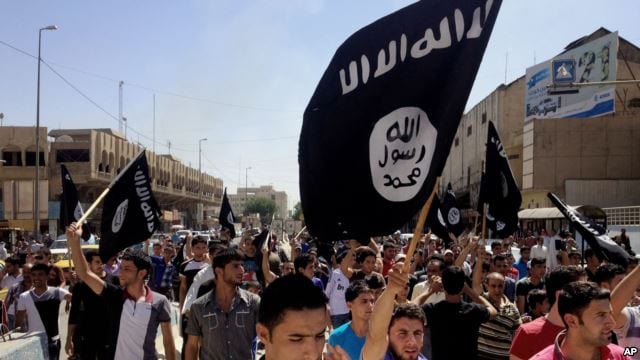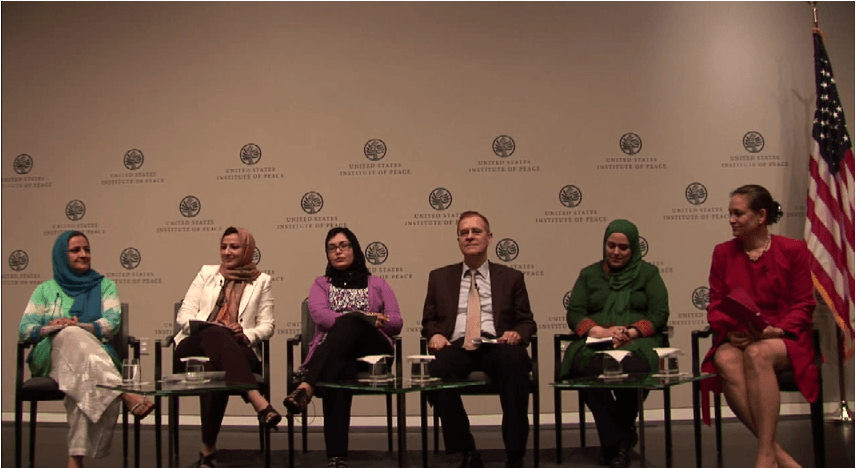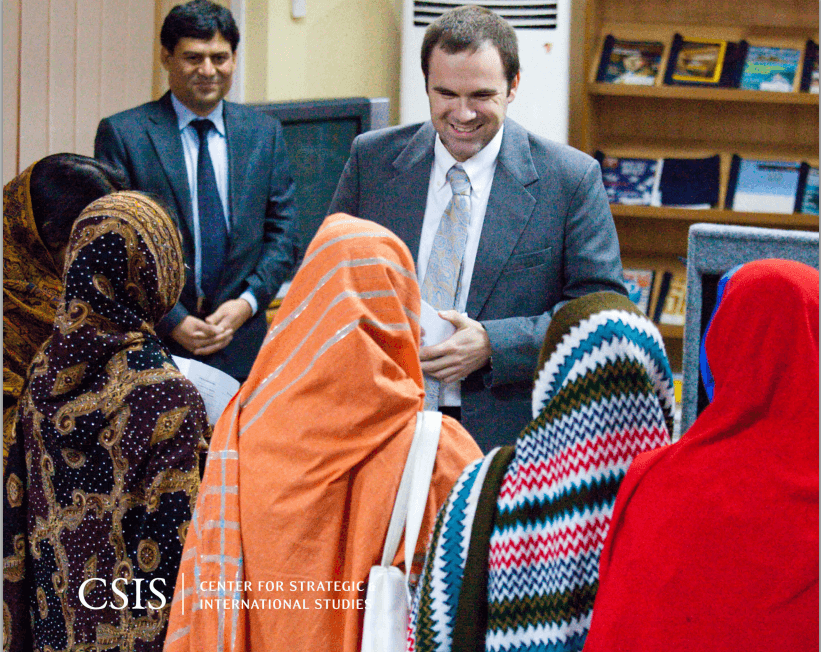By Tahreem Alam, Masters in International Affairs ‘23
Saudi Arabia has taken key economic issues into its own hands, worrying its Western
counterparts and prompting reactions from the Biden administration. These actions are
reflected in Saudi Arabia’s oil policies, which is increasingly pursuing its own interest and
often seen at an expense to the U.S.
OPEC+, led by Saudi Arabia and Russia, announced that the cartel would cut oil production
by around 1.2 million barrels a day, or 1 percent of global production.
The justification behind these slightly-dramatic decisions continue to indicate Saudi Arabia’s
perception of themselves in the global order, which is a regional leader acting on its own
sovereignty.


Last fall, Saudi Arabia, a member of OPEC+, decided to cut oil production by 2 million
barrels during a time when the US pushed Saudi Arabia to produce more oil. Saudi Arabia
argued that the agreement was solely an economic one for the sake of recovering from
COVID-era losses and stabilizing the economy in the face of an impending global recession;
however, the US argued this move was political in nature and not purely for economic self-
interest.
Saudi Arabia’s Ministry of Energy referred to key system narratives to take its position: most
importanyl, (1) the role of OPEC+ in the global market; (2) international economic pressures;
and (3) Western vs. Eastern/Global South influence in combating the US narrative of this
problem. System narratives are essentially ways of understanding how countries interact with
one another.
Additionally, several issues were used to help prop this argument, including the Ukraine-
Russia conflict, the impact of COVID-19 on the global economy and oil prices in the past
two years, and domestic economic issues Saudi Arabia faces following recent years of low oil
prices.
This chart provides an example of how Saudi Arabia might see itself in this political chess
game for a superpower role:
Battle of the Narratives – Saudi Arabia and OPEC +
| Master & Identity Narratives | System Narratives | Issue Narratives |
| Normal country pursuing self-interest Hegemonic power Responsibility to care for citizens Leader in Arabian Gulf State not playing in the hands of others | Rearrangement of power dynamics System functions on OPEC rules and decisions Battle for control of the global economy (superpower western state vs. Global South) | Ukraine-Russia War Oil deal is an economic issue unrelated to political goals in the U.S. Need for making up lost revenue from COVID-19 oil prices High oil prices will stabilize Saudi economy and inflation Economic issues from global pandemic foundation of oil prices Purely economic decision in the face of a global recession rise |
The Role of the US
In spite of Saudi Arabia’s recent moves, the West still holds far greater influence over the
region from a social and economic standpoint (China, another global power in the region, has
made in not making the US an enemy). However, this doesn’t mean that the US shouldn’t
acknowledge the rapidly-changing power dynamics in regional state conflicts.
It’s difficult to offer plausible diplomatic advice to this matter, especially since Saudi Arabia
is ignoring the global status quo and US-Western opinion for oil production. Ignoring these
developments could lead to long-term side effects of a decreased position of power in the
global arena, which the US might just have to accept anyway as the world moves away from
a Western-centric hegemonic system.
Time will tell if this is a blip in the drawn-out shift to a multipolar world, or if Saudi Arabia
has succeeded in placing itself as a contender for a future superpower status.
The full report is available here.
The opinions expressed in this blog are those of the author. They do not express the views of the Institute for Public Diplomacy and Global Communication or the George Washington University.

